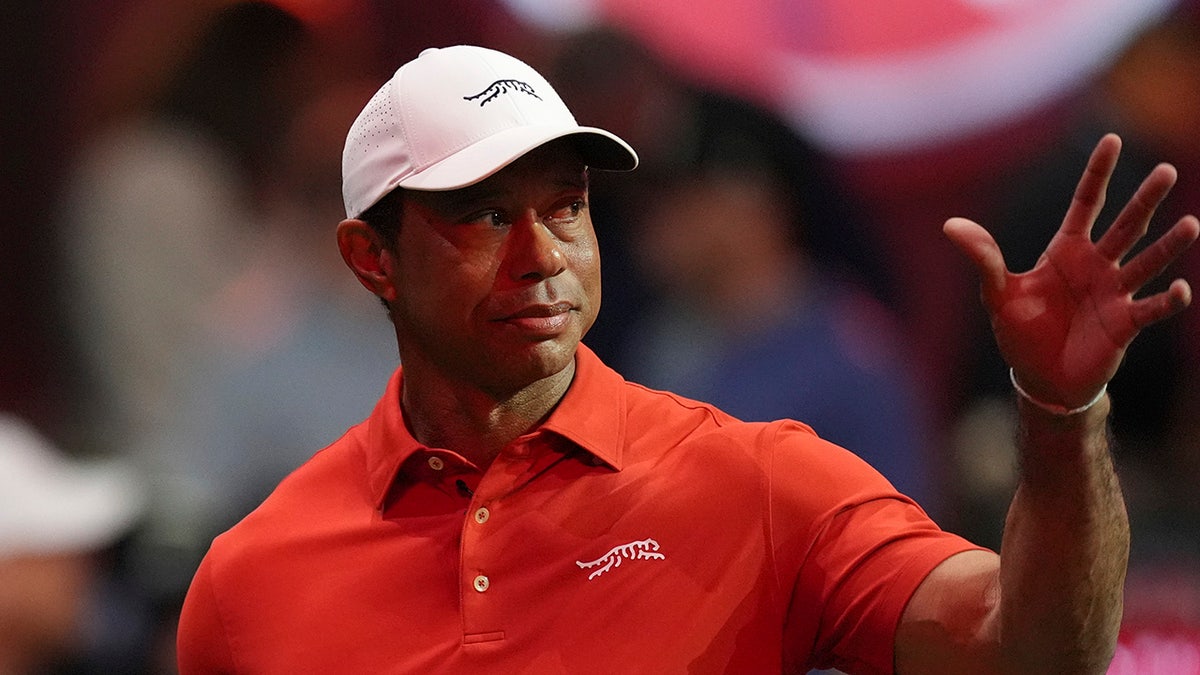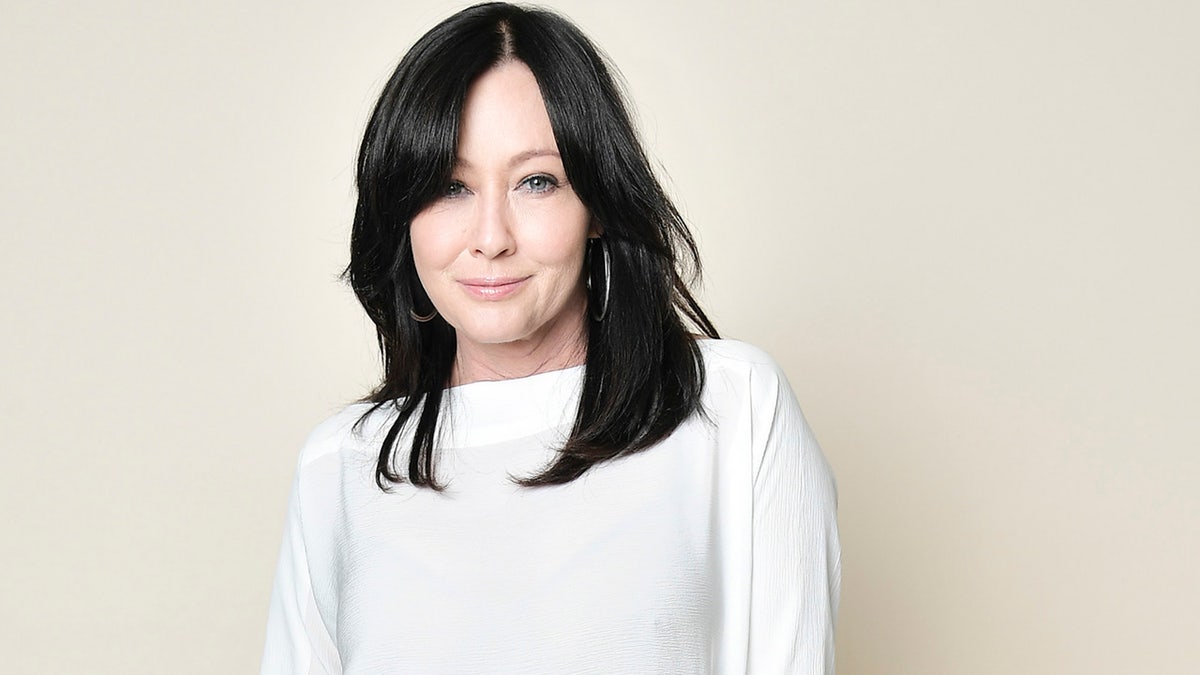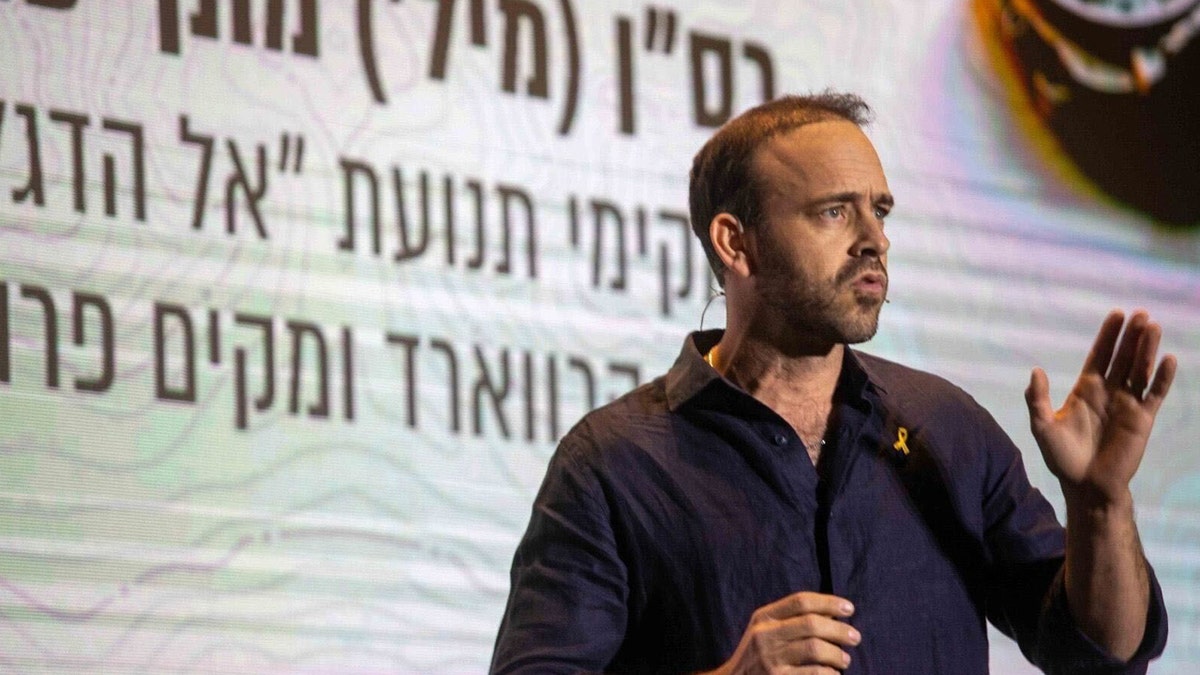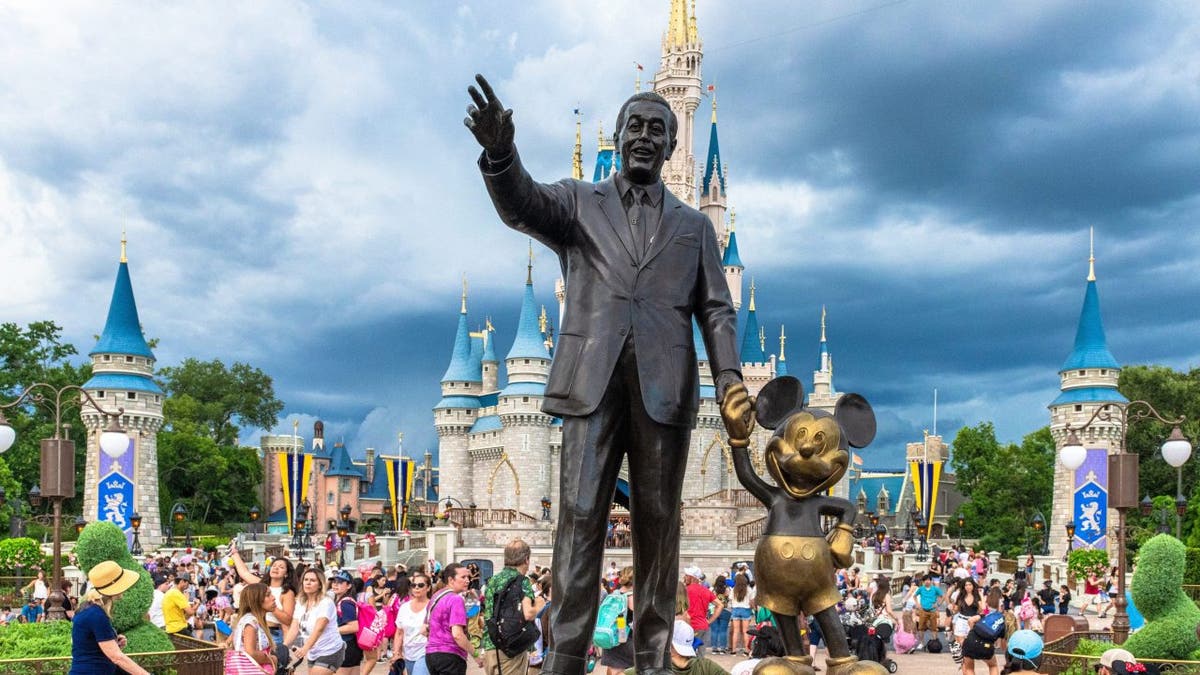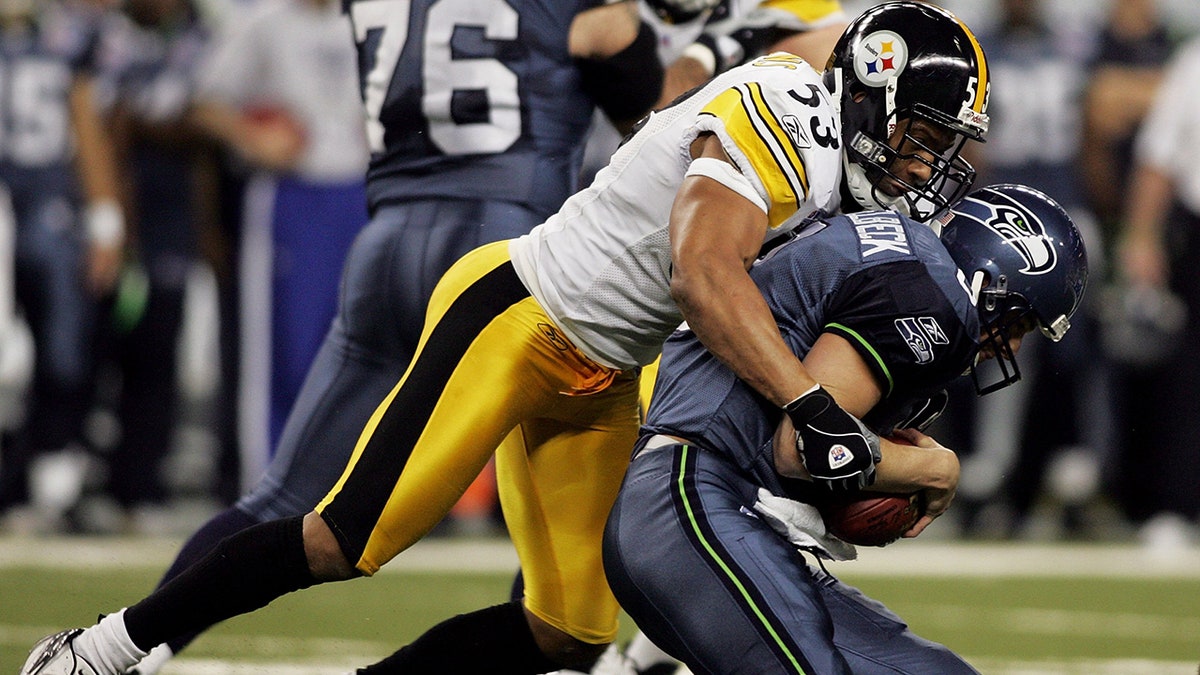As 2024 draws to a close, the war in Ukraine enters its third year, marked by shifting battle lines, escalating global involvement, and a hefty financial burden. Russia's advances in the east were met by a new Ukrainian front within Russia itself, expanding the conflict's reach and intensifying geopolitical rivalries.
A Year of Political and Financial Strain
The year began with heated debates in the US Congress regarding military aid to Ukraine, exposing divisions within the Republican Party and underscoring Kyiv's dependence on US support. This political wrangling delayed crucial military supplies, increasing Ukraine's vulnerability, particularly in the east. The debate also fueled discussions about the Biden administration's restrictions on long-range missiles, which were eventually lifted in November.
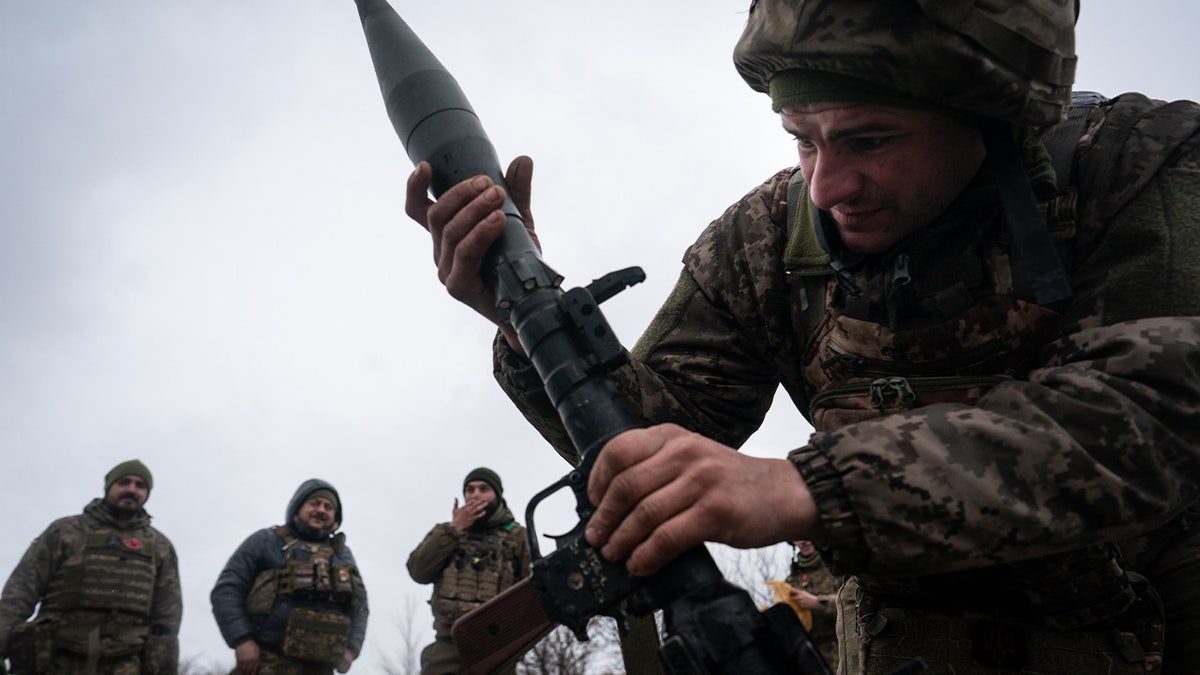
Ukrainian soldiers participate in a training exercise. (Wolfgang Schwan/Anadolu via Getty Images)
The financial cost of the war continued to mount. A $61 billion military aid package passed by the US House in April brought total US commitments to $183 billion. This aimed to address a significant drop in the delivery of military equipment and supplies. Meanwhile, the European Union commenced membership talks with Ukraine in June, recognizing Kyiv's progress in tackling corruption and strengthening democratic institutions.
Escalating Conflict and Global Involvement
Russia intensified its missile and drone attacks, devastating urban areas in eastern Ukraine. Despite heavy losses, Moscow made significant battlefield gains in the latter half of the year. November saw record-high Russian casualties and the largest drone strikes of the war. Ukraine's surprise incursion into Russia's Kursk region in August marked a significant escalation. This prompted the deployment of North Korean troops to Russia, marking the first foreign troop involvement since the war's start.
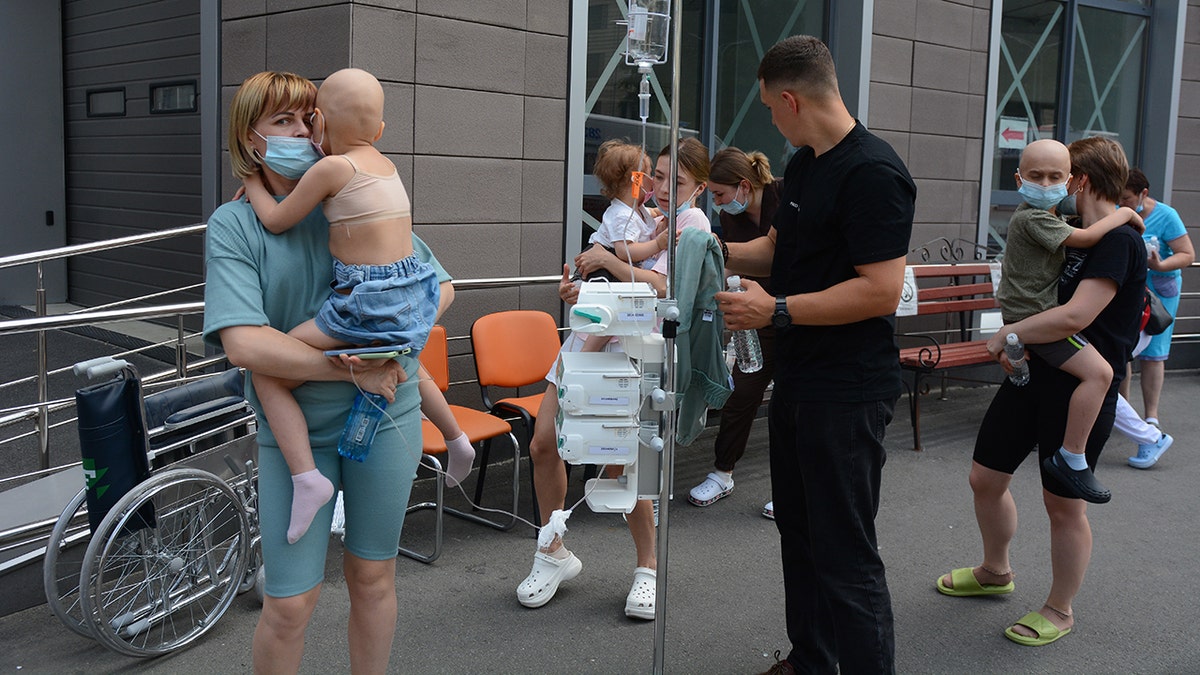
Evacuation of a children's hospital in Kyiv. (Oleksandr Gusev/Global Images Ukraine via Getty Images)
North Korea's involvement highlighted growing tensions in the Indo-Pacific, with Japan and South Korea increasing their support for Western allies. China was also accused of covertly providing military support to Russia.
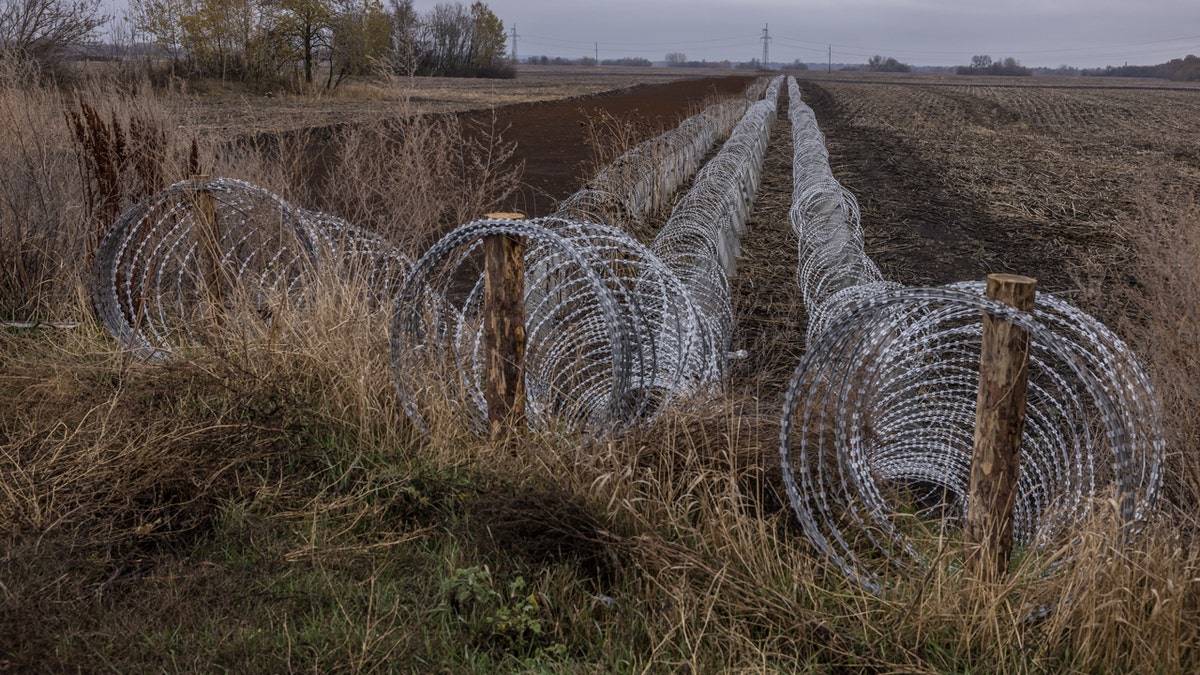
Barbed wire emplacement in Sumy, Ukraine. (Oksana Parafeniuk for Washington Post via Getty Images)
An Uncertain Future
As the year ends, the war's trajectory remains uncertain. Russia continued its strategy of targeting Ukraine's energy infrastructure, causing widespread blackouts amidst freezing temperatures. President-elect Trump, despite earlier pronouncements, acknowledged the complexity of ending the conflict. His calls for a peace deal face significant obstacles, including Russia's rejection of a ceasefire and preconditions from both sides.
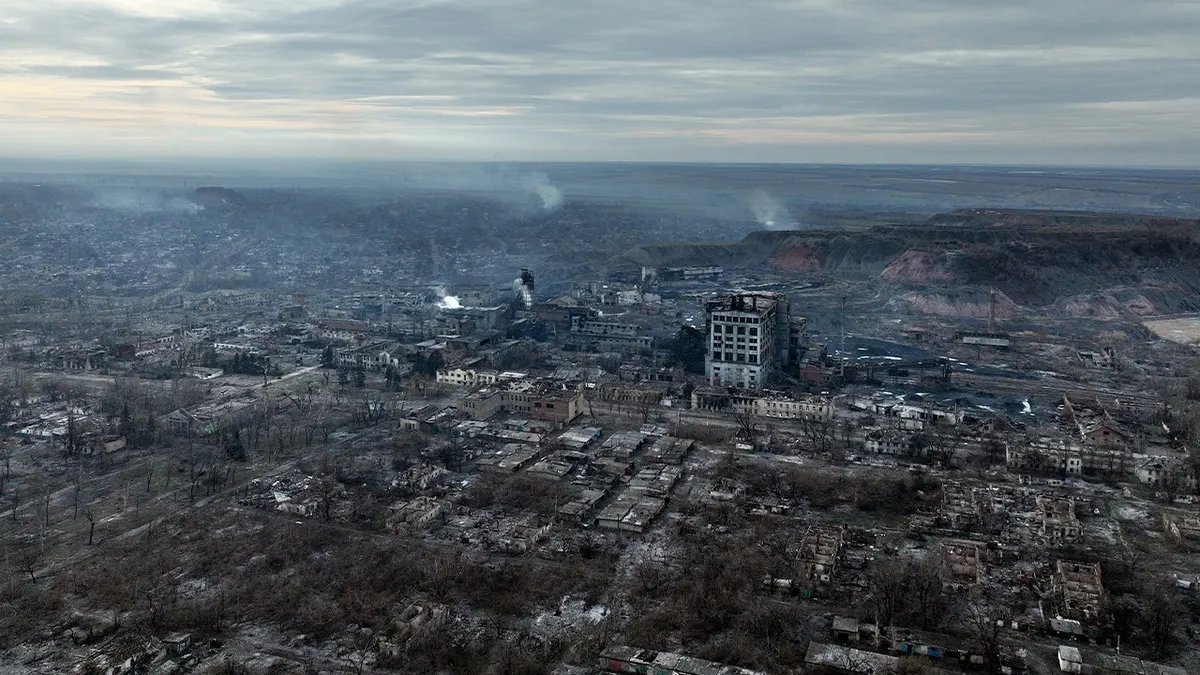
The ruins of Toretsk, Ukraine. (Ukrinform/NurPhoto via Getty Images)
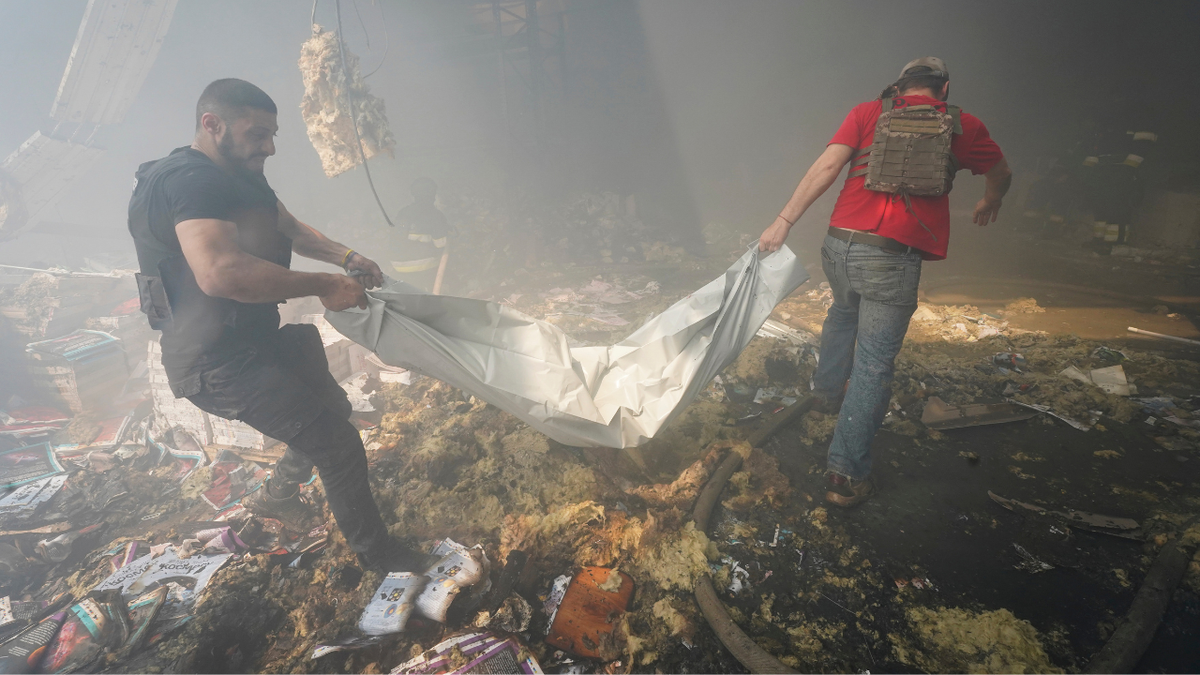
Rescuers in Kharkiv after a missile strike. (AP Photo/Andrii Marienko)
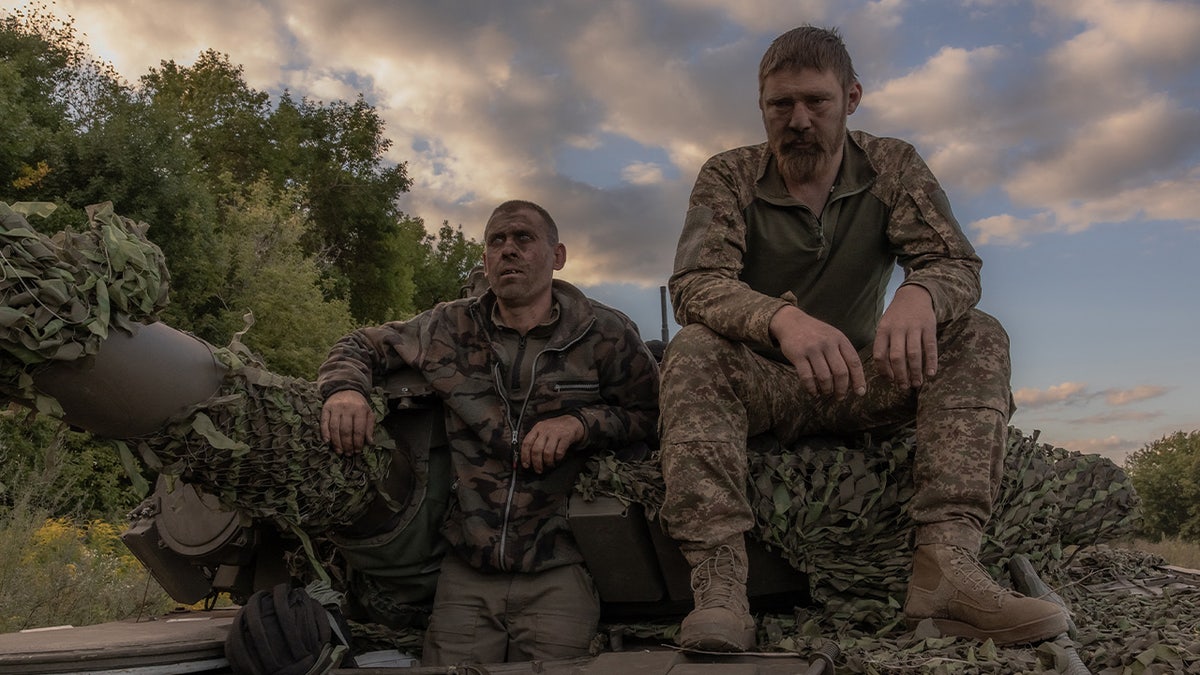
Ukrainian tank crew near the Russian border. (ROMAN PILIPEY/AFP via Getty Images)
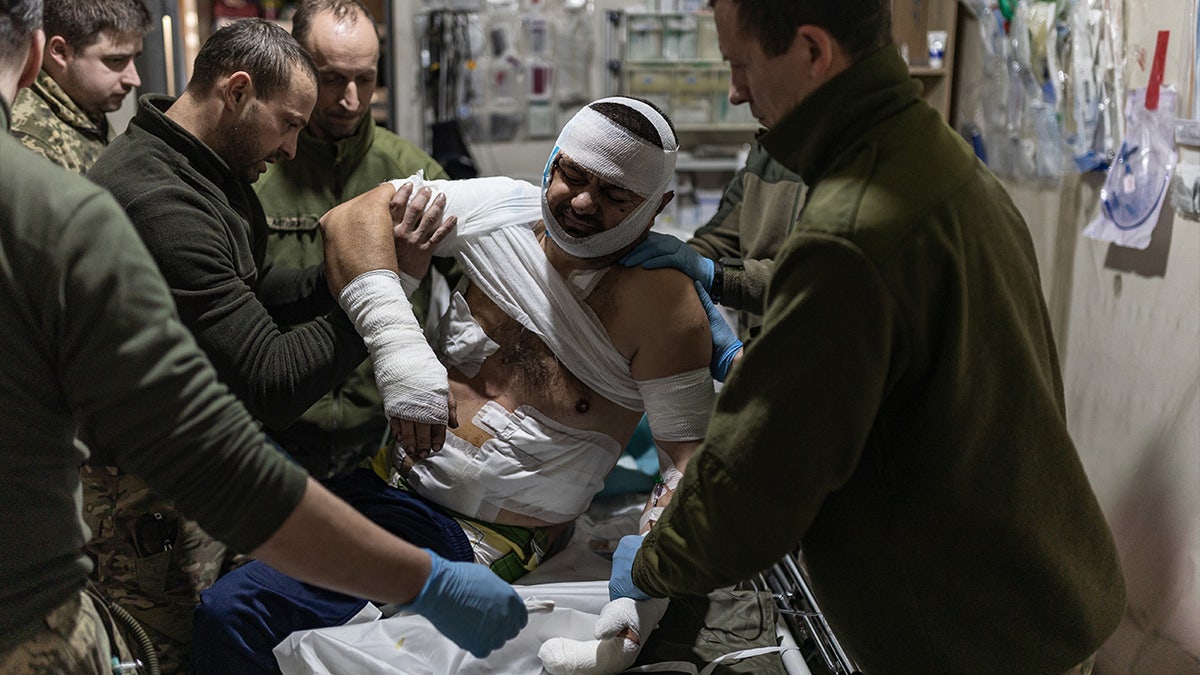
Ukrainian medics treating wounded soldiers. (Diego Herrera Carcedo/Anadolu via Getty Images)

